Design Decisions:
- Pin mapping (Digital, Analog, I2C, SPI) identical to Uno Wifi 2.
- Designed for "amateur" assembly. 0805 SMT component size.
- Use COTS modules for power, USB.
- Allow for partial builds.
- careful layout of analog paths.
- break out most unused pins. Somewhere.
- allow for UPDI debug connection. But maintain the SPIness of the ICSP connector (sigh.)
- use a serial bootloader for upload. Probably at the end of memory so that apps load at 0 (like old AVRs and Uno WiFi2), even though that's inconsistent with the "bootloader" features of the chip.
- Move Aref down next to the Analog pins.
 WestfW
WestfW


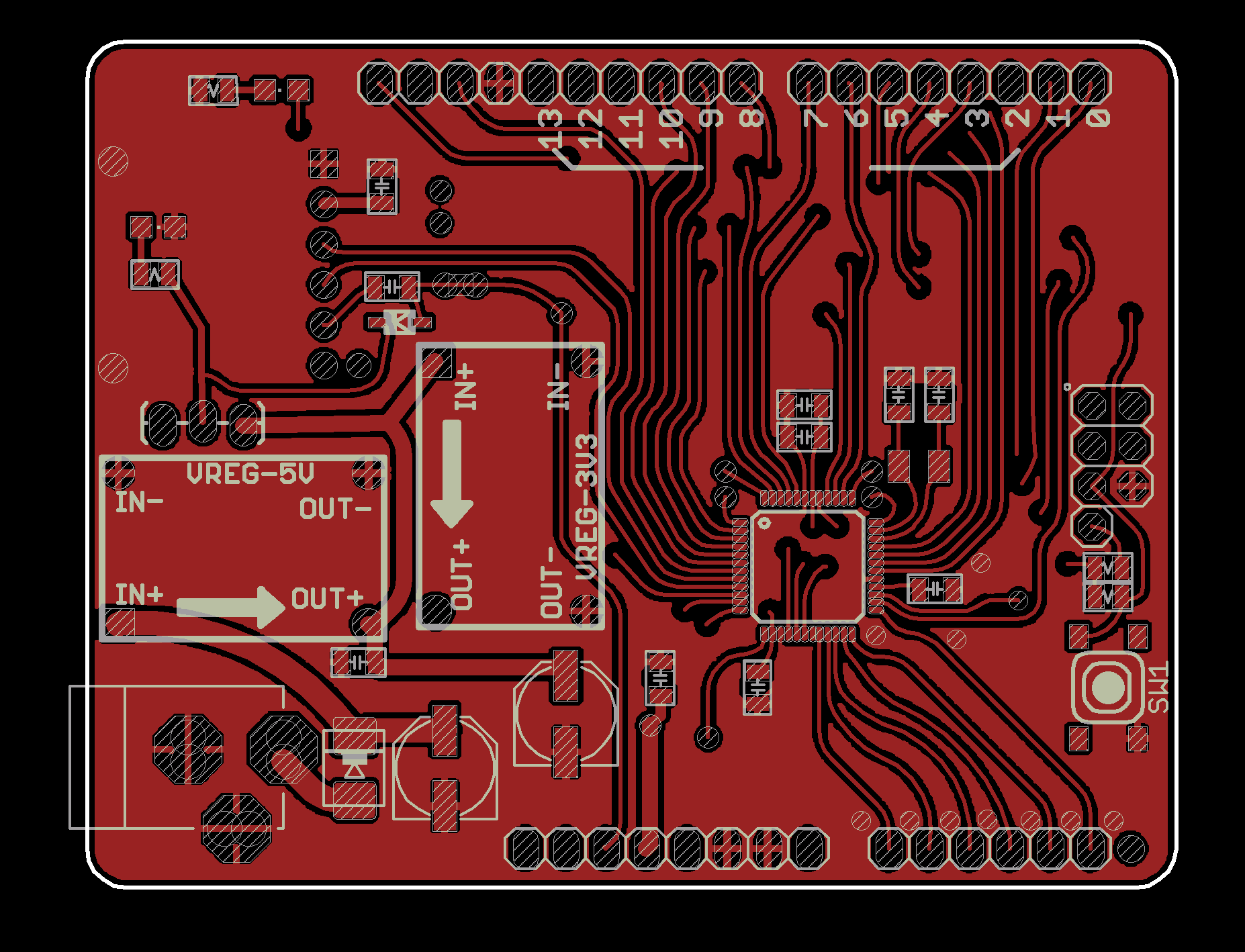

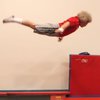



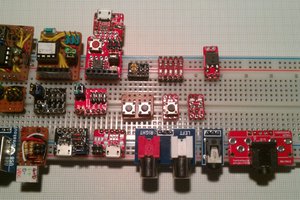
 Stefan Lochbrunner
Stefan Lochbrunner
 WingTechCorner
WingTechCorner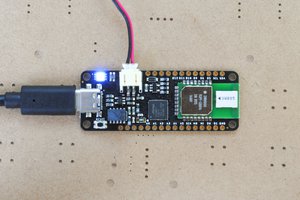
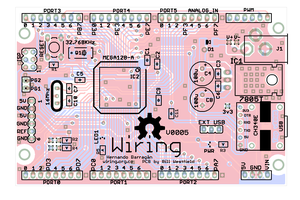
Are those Bezier traces? Did you use Topor to route those, or has Eagle had some routing mode I wasn't aware of? Looks super slick, I dig it.